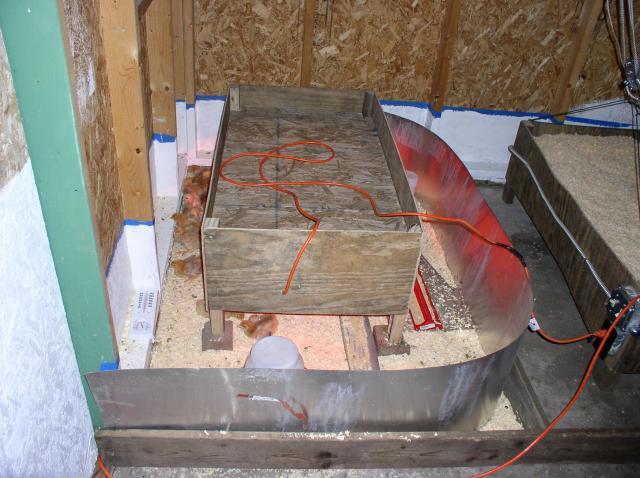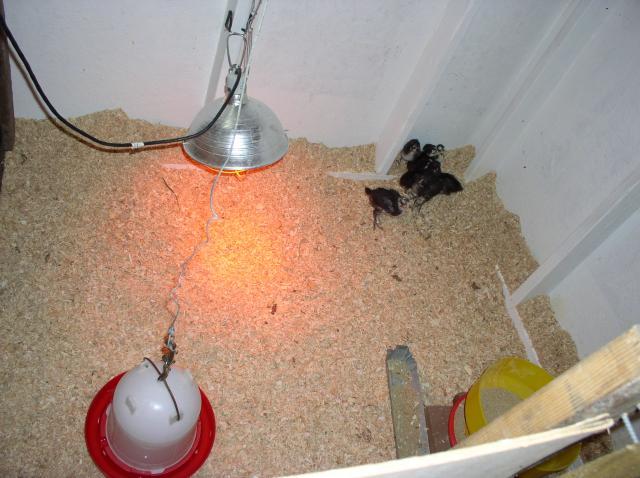- Apr 13, 2011
- 318
- 78
- 231
Have to ask--what is the problem with having a thermometer on hand to check the temperatures in and around the brooder? (it's moveable, so you can read temperatures in various areas of the brooder--both under and away from the heat lamp.)
Sure, you could observe the chicks' behavior (and you always must do that anyhow!), but why all the guess-work?
A thermometer is an inexpensive, widely available tool that can make your life a lot easier.
Chicks can also get overheated in the summer--especially when there isn't adequate airflow (locked in a small, stuffy bathroom, perhaps) Why not spend a few bucks to get a thermometer to make sure the area the chicks are in is at the optimum? I'd even go one step further and suggest a hygrometer to measure humidity, but that's me. You can even get an LED thermometer/hygrometer pretty cheap nowadays.
There's "huddling", but then there's "piling"--I'd hate to lose a single chick to suffocation because my brooder wasn't warm enough.
Sure, you could observe the chicks' behavior (and you always must do that anyhow!), but why all the guess-work?
A thermometer is an inexpensive, widely available tool that can make your life a lot easier.
Chicks can also get overheated in the summer--especially when there isn't adequate airflow (locked in a small, stuffy bathroom, perhaps) Why not spend a few bucks to get a thermometer to make sure the area the chicks are in is at the optimum? I'd even go one step further and suggest a hygrometer to measure humidity, but that's me. You can even get an LED thermometer/hygrometer pretty cheap nowadays.
There's "huddling", but then there's "piling"--I'd hate to lose a single chick to suffocation because my brooder wasn't warm enough.












 rancher hicks that is what I'm thinking.The themometor is a good guideline to start with,but you have to adjust to the nature of the peeps you have.
rancher hicks that is what I'm thinking.The themometor is a good guideline to start with,but you have to adjust to the nature of the peeps you have.